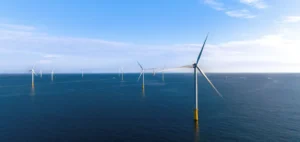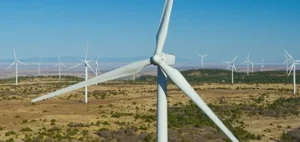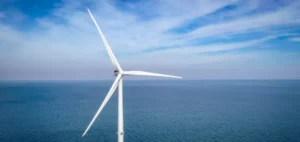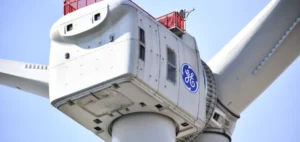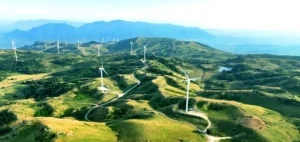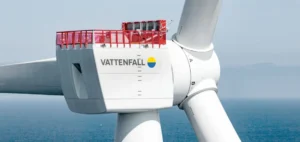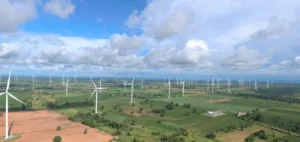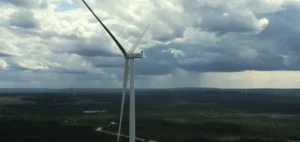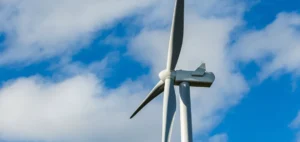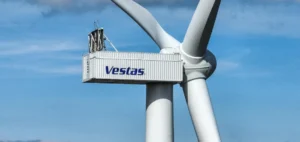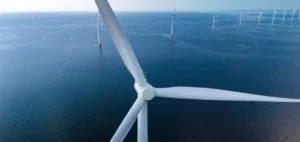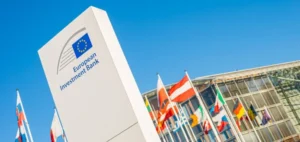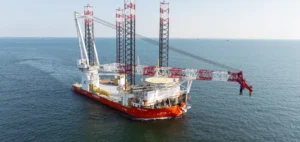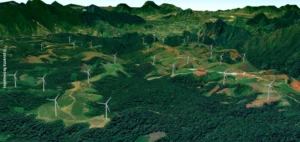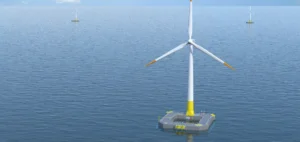Hornsea 2, Ørsted’s offshore wind farm, is fully operational. This project is the largest wind farm in the world.
The park has a capacity of 1.3 GW and includes 165 wind turbines. The latter are located 89 km off the coast of Yorkshire, UK.
A large-scale project
In addition, the facility contributes to supplying more than 1.4 million British homes with renewable energy. This at low cost and with guarantees of security of supply.
Together, the Hornsea 1 and Hornsea 2 wind farms can power 2.5 million homes. In this way, they are contributing to the UK’s ambition to have 50 GW of offshore wind power by 2030. This is a major contribution to the Hornsea area expansion project.
In fact, the North Sea area of Hornsea covers more than 2,000 km2. It is also planned to host Hornsea 3, which will have a capacity of 2.8 GW. The project is part of a long list of Ørsted’s offshore wind farms. The company currently has 13 operational wind farms in the UK, providing 6.2 GW of renewable electricity.
Hornsea 2 also accelerates Ørsted’s goal of installing 30 GW of offshore wind turbines by 2030. The project also plays a central role in the development of the UK supply chain. The latter is increasingly moving towards renewable energies.
Hornsea contributes to the development of renewable energy
Also, the strong attraction for offshore wind is shown by the multitude of contracts with Ørsted. In this sense, the company has contracts with nearly 200 British suppliers. It also says it wants to invest more in the UK supply chain. To date, it has 4.5 billion pounds of investment.
Ørsted’s UK manager, Duncan Clark, commented on the opportunity this project presented:
“The UK is truly a world leader in offshore wind and the completion of Hornsea 2 is a significant milestone for offshore wind not only in the UK but worldwide.”
D. Clark emphasizes the effective position of the country, which has one of the best wind energy potentials in the world. He also adds that current world events highlight the importance of renewable energy projects. This will ensure security of energy supply and lower costs for consumers.



